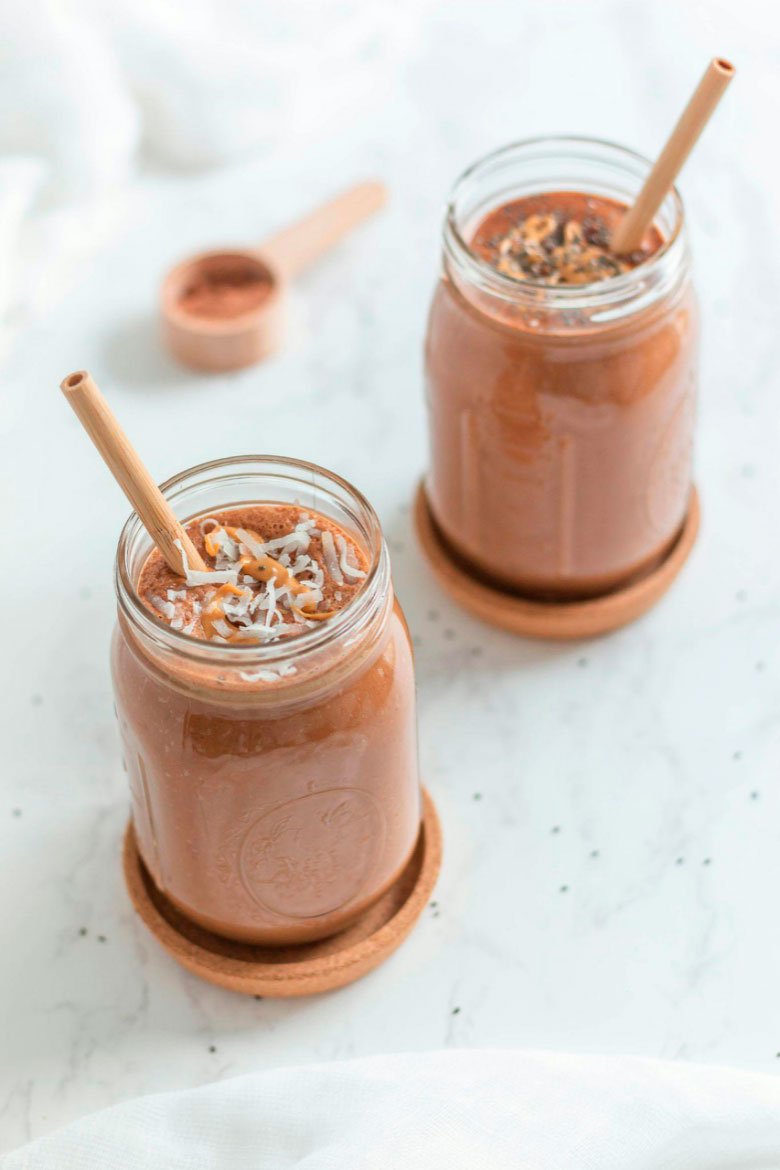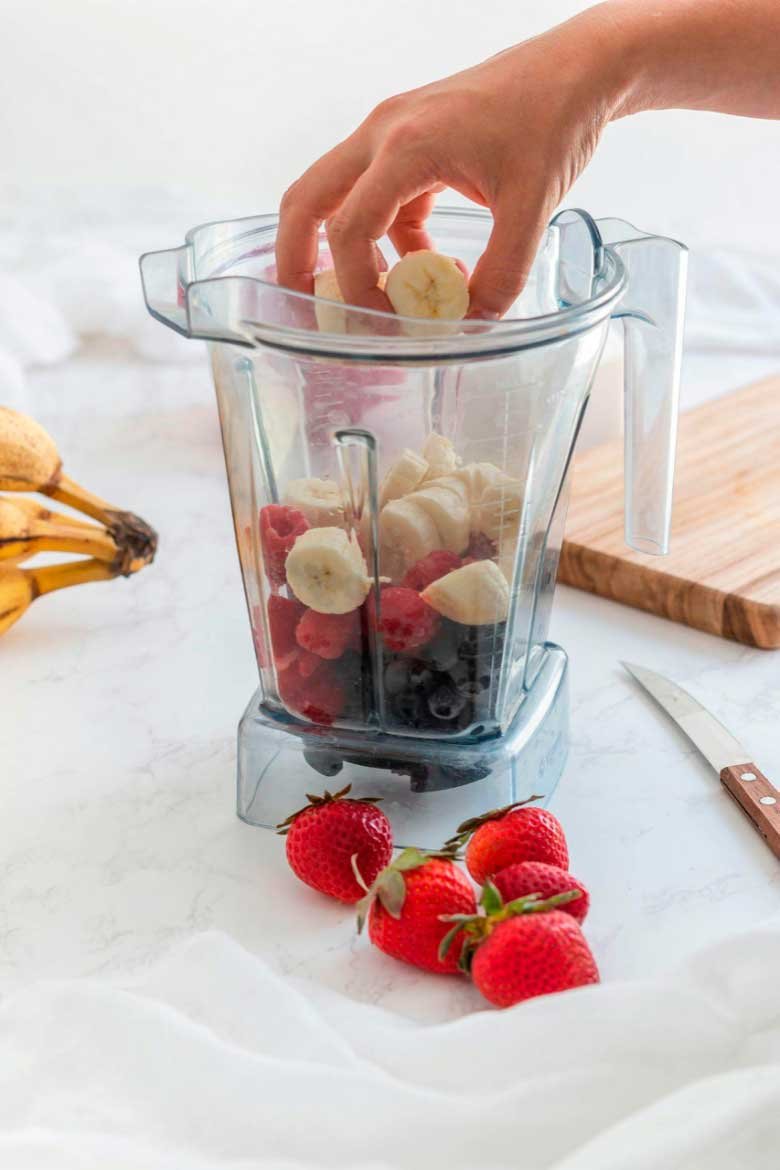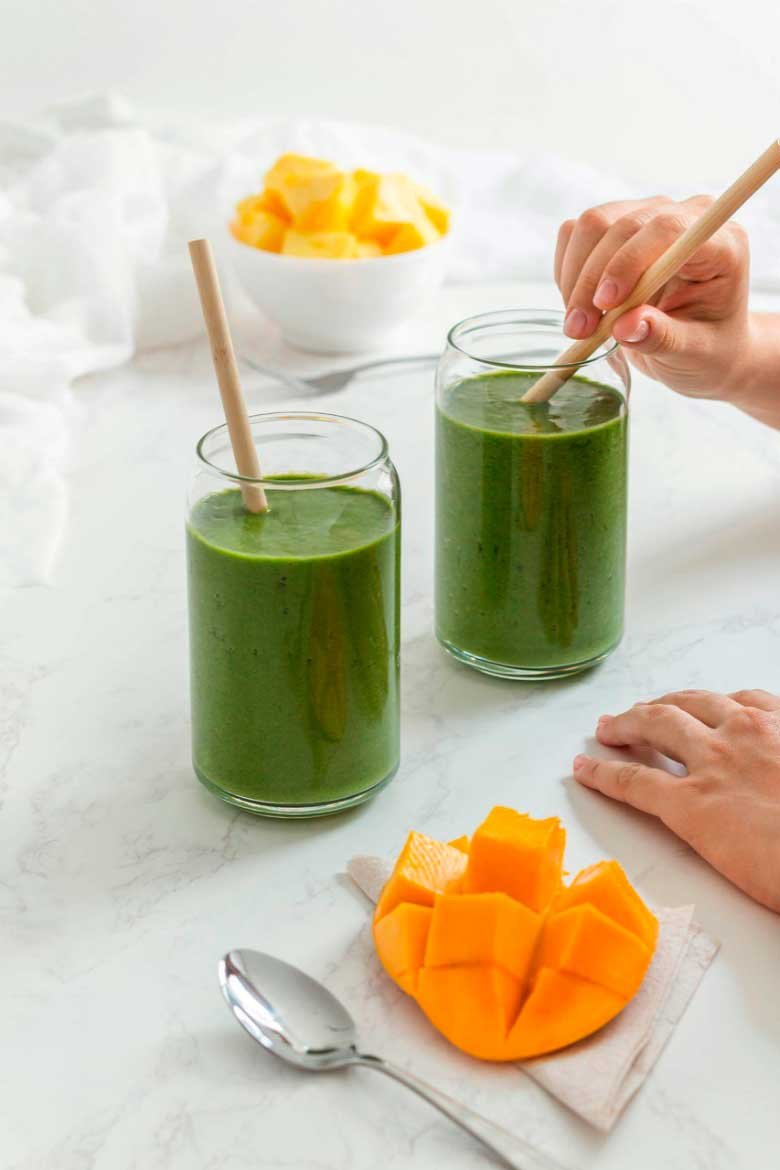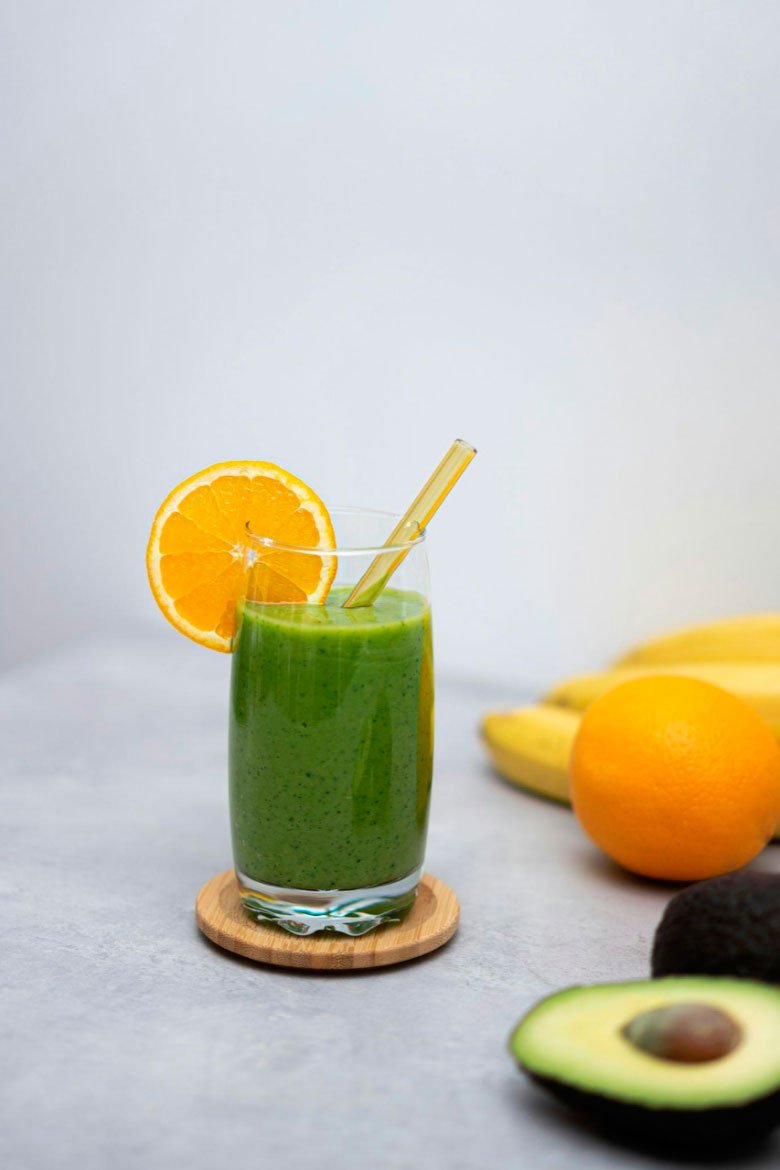In recent years, Ozempic has become a game-changer for people with type 2 diabetes, thanks to its dual role in managing blood sugar levels and promoting weight loss. But what makes this medication so effective, and are there natural ways for us to achieve similar benefits without leaning on medication? Let's dive into the science and find out.
What is Ozempic?
Ozempic belongs to a class of medications known as GLP-1 receptor agonists. These medications work by mimicking the action of the naturally occurring GLP-1 hormone generated in the cells of our small intestine and pancreas. GLP-1, or glucagon-like peptide-1, is crucial in regulating blood sugar levels, digestion, appetite, and the sensation of fullness.
How Does Ozempic Work?
Ozempic Works in the Same Way Naturally Occuring GLP-1 Works:
It Stimulates Insulin Secretion: When blood sugar levels are high, Ozempic prompts the pancreas to release more insulin, helping to lower blood sugar levels.
It Reduces Glucagon Release: Glucagon is a hormone that raises blood sugar levels. Ozempic reduces the release of glucagon, helping to keep blood sugar levels in check.
It Slows Gastric Emptying: By slowing down the rate at which food leaves the stomach, Ozempic helps you feel full longer, which can lead to reduced calorie intake and weight loss.
It promotes Satiety: Ozempic acts on the brain to increase feelings of fullness, making it easier to stick to a healthy diet and avoid overeating.
Benefits of Ozempic
Ozempic offers several significant benefits, particularly for those with type 2 diabetes and those struggling with obesity:
Improved Blood Sugar Control: By enhancing insulin secretion and reducing glucagon levels, Ozempic helps maintain blood glucose levels within a normal range, reducing the risk of hyperglycemia (high blood sugar).
Weight Loss: Many patients using Ozempic experience significant weight loss due to its effects on appetite and gastric emptying. Weight itself can further improve insulin sensitivity and overall metabolic health.
Cardiovascular Benefits: Clinical trials have shown that Ozempic can reduce the risk of major adverse cardiovascular events, such as heart attack and stroke, in people with type 2 diabetes.
Reduced Inflammation and Oxidative Stress: GLP-1RAs may indirectly reduce inflammation through their impact on glycemic control and weight loss. People taking Ozempic report reduction of joint pain and arthritis.
Natural Ways to Boost GLP-1
While Ozempic is highly effective (it offers pharmacological doses of GLP-1) and is the right choice for some individuals, it’s exciting to know that there are natural ways we can stimulate GLP-1 production and achieve some of its benefits.
Here are a few strategies:
1. Eat a healthy Diet Filled with Whole Foods:
Certain foods and nutrients can stimulate the production of GLP-1. Incorporating these into your diet can be a simple yet powerful way to enhance your GLP-1 levels:
High-Fiber Foods: Diets rich in fiber, especially soluble fiber, can significantly increase GLP-1 secretion. Oats, legumes, fruits, and vegetables are excellent sources of soluble fiber.
Healthy Fats: Consuming healthy fats from sources like avocados, nuts, and olive oil can promote GLP-1 release. These fats help slow digestion, leading to a more gradual release of nutrients and stimulating GLP-1 production.
Protein-Rich Foods: Studies show that protein is the most filling macronutrient. Consuming protein, especially from sources like fish, lean meats, eggs, and plant-based proteins, stimulates GLP-1 release and promotes satiety.
Eat the Rainbow: Consuming a diet rich in polyphenols (colorful fruits and veggies) has been shown to have a positive impact on the gut microbiota. , GLP-1 production, and insulin resistance.
Bitter Foods: Bitter foods such as arugula, mustard greens, green tea, and very dark chocolate, can increase glucagon-like peptide-1 (GLP-1) by activating the bitter taste receptors (TAS2Rs) in the enteroendocrine cells lining our gastrointestinal tract
2. Maintain a Healthy Gut Microbiome
The health of your gut microbiome significantly influences GLP-1 production. A diverse and balanced gut flora can enhance GLP-1 secretion. You can support your gut health by:
Consuming Fermented foods. Probiotic-rich foods like yogurt, kefir, sauerkraut, and kimchi can support gut health and increase GLP-1 levels due to their probiotic content.
Supplementing with Probiotics: Including a probiotic supplement in your diet may also help to promote a healthy gut microbiome.
Eating Prebiotics: Prebiotic fibers, found in foods like garlic, onions, bananas, and asparagus, nourish beneficial gut bacteria and support GLP-1 production.
Limiting Processed Foods: Reducing your intake of processed and high-sugar foods can prevent disruptions in your gut microbiome and the overgrowth of “bad” bacteria.
3. Exercise Regularly
Regular physical activity is a well-known method for enhancing GLP-1 levels. Both aerobic exercises (like walking, running, and swimming) and resistance training (such as weight lifting) have been shown to increase GLP-1 secretion. For optimal results, aim for at least 150 minutes of moderate-intensity exercise per week.
4. Manage Stress
Chronic stress can negatively impact your body's hormonal balance, including GLP-1 levels. Engaging in stress-reducing activities such as meditation, yoga, deep breathing exercises, and mindfulness can help maintain healthy GLP-1 levels. t.
5. Get Adequate Sleep
Quality sleep is essential for metabolic health. Poor sleep can negatively affect GLP-1 levels and increase the risk of insulin resistance. Aim for 7-9 hours of good-quality sleep per night. Ensuring adequate sleep and practicing good sleep hygiene also play crucial roles in stress management.
6. Stay Hydrated
Proper hydration is essential for overall health and can also influence GLP-1 levels. Drinking enough water throughout the day helps maintain optimal bodily functions, including hormone production. Aim for at least 8 glasses of water per day, adjusting for factors like activity level and climate.
Key Takeaways:
Enhancing GLP-1 levels naturally can have profound benefits for metabolic health, weight management, and overall well-being. You can naturally boost your GLP-1 levels by making mindful dietary choices, exercising regularly, managing stress, maintaining a healthy gut microbiome, staying hydrated, and considering intermittent fasting.
Weight-loss medications can be a valuable tool in combating obesity, insulin resistance, and other metabolic issues, but addressing lifestyle factors such as diet, physical activity, and stress management is crucial, whether on or off the medication, if you want to support your body's natural ability to regulate blood sugar, reduce inflammation, improve gut health, and promote lasting, long-term, vibrant health.
*It’s always advisable to consult with a trusted healthcare provider before making significant changes to your lifestyle or diet; or you are considering a new medication protocol, especially if you have underlying health conditions.












